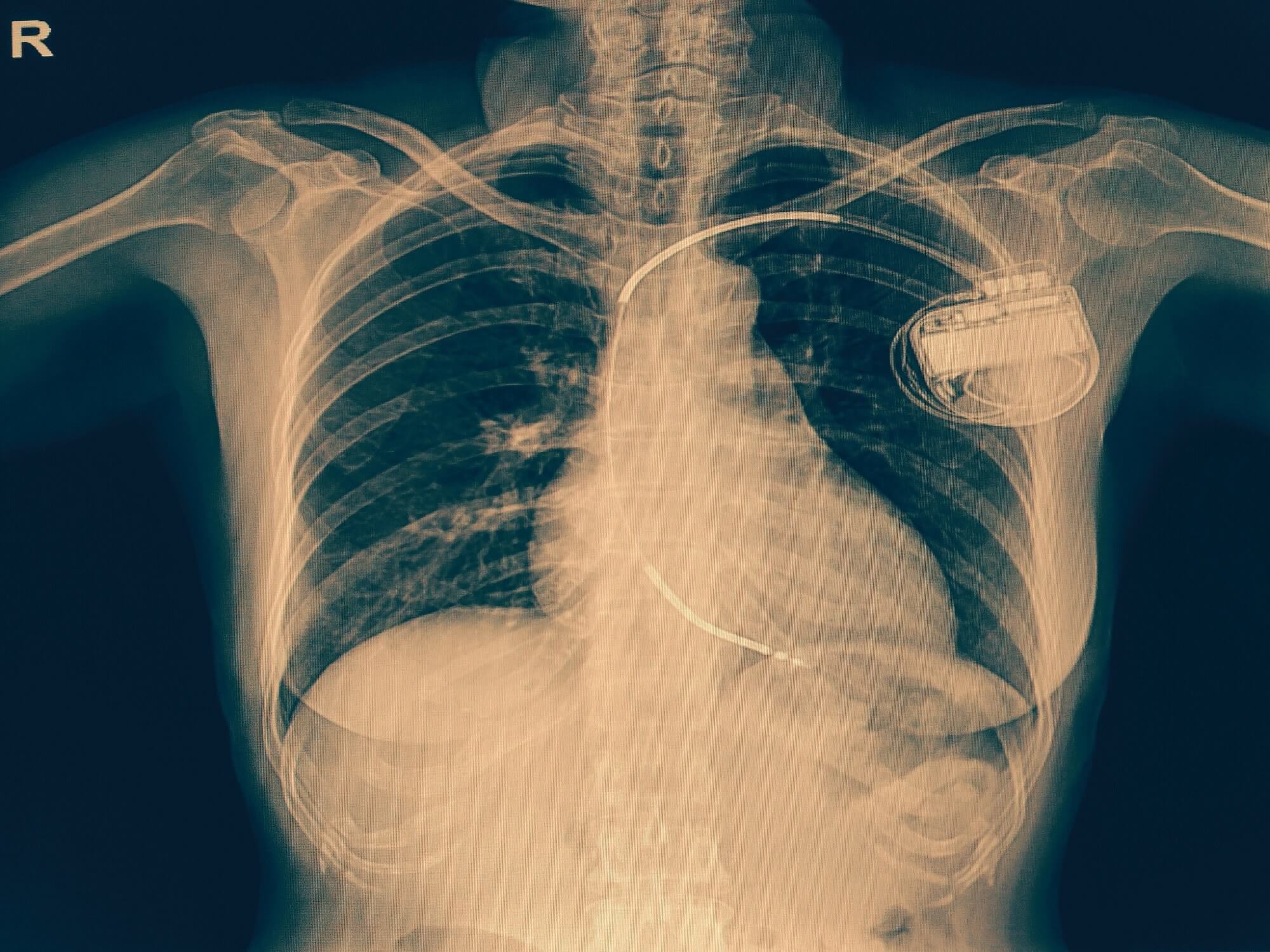

You'll likely need to see your doctor once or twice a year for routine checkups while the device is in place.Īn implantable loop recorder is invisible and doesn't interfere with your daily activities. Your doctor will interpret the results of your test and call if he or she has any concerns. Your doctor may ask you to keep a diary of your symptoms and when they occur. You can also push a button to send data immediately when you have symptoms. The transmitter automatically sends information from your implant to your doctor while you sleep. You'll be given a transmitting device to place beside your bed. You may need to limit activities until the wound heals. Your doctor and nurse will tell you what to look for. However, because minor surgery is done to implant the device, you'll need to watch for signs of infection such as redness or swelling. AfterĬomplications of the procedure are quite uncommon. The device will stay in place for up to three years. Your doctor makes a tiny incision, inserts the device and closes the incision. You'll be awake for the procedure but may be given medicine to relax you (sedative). The procedure to insert the heart monitor is usually done in a doctor's office or medical center.
#HEART MONITOR IMPLANTED UNDER SKIN SKIN#
DuringĪn implantable loop recorder is placed under the skin on the chest.

There's no special preparation for an implantable loop recorder. Certain arrhythmias, such as atrial fibrillation, increase your risk of stroke. Your doctor may also recommend an implantable loop recorder if you're at high risk of stroke. Information from an implantable loop recorder can help your doctor confirm a diagnosis and develop your treatment plan. An implantable loop recorder monitors your heartbeat for a much longer time, so it's more likely to capture what your heart is doing if you faint again. A standard ECG only records your heartbeat for a few seconds or minutes. John Day, the medical director for Intermountain Healthcare’s heart rhythm services in Murray, Utah.Your doctor may recommend an implantable loop recorder if you have:Īn implantable loop recorder can capture information that a standard electrocardiogram (ECG) or Holter monitor may miss, particularly arrhythmias that are brief or infrequent.įor example, if you're having fainting spells, your doctor will want to know if a problem with your heart is causing your symptoms. “From the patient’s standpoint, it’s a tremendous win,” says Dr. It was conceived in 2006, at a time when the device industry, including Medtronic, was battered by recalls and lawsuits over safety issues. The monitor has the potential to create a new market for microdevices. The $5,000 device, made by Minneapolis-based Medtronic, is part of a push by the medical technology industry to develop smaller and easier-to-use heart devices that can be inserted without surgery and operate without the troublesome and inconvenient wires found in older heart monitors.

Doctors couldn’t identify a reason, so they inserted the monitor, the Reveal LINQ, under the skin of his chest to track his heart’s electrical activity. Last November, when he thought he was in the best shape of his life, the 46-year-old Indiana dairy farmer had a stroke. A heart monitor the size of a paper clip may help keep Fred Schakel alive.


 0 kommentar(er)
0 kommentar(er)
